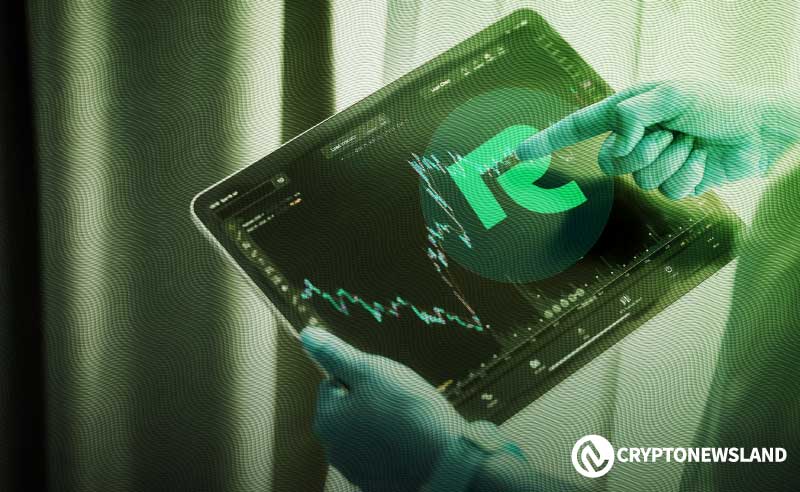- The RWA on-chain market hit $13.26B, growing by 0.8% in a month, with stablecoins reaching a $184.02B valuation.
- Institutional funds and stablecoins are key drivers behind the rise of tokenized real-world assets on blockchain.
- Total asset holders in the RWA ecosystem increased to 65,987, reflecting growing investor interest and adoption.
Tokenized Real-World Asset (RWAs) through blockchain has touched an all-time high with maximum network capitalization of $13.26 billion by Nov 2024. This is higher by 0.8% than in the previous month and shows that blockchain in real-world applications is continually expanding. These developments demonstrate the increasing applicability of blockchain as an enabler between conventional finance and digital revolution.
An Overview of the Essential Metrics
Various sections of the blockchain ecosystem underpinning the RWAs have expansion in various aspects. The entities possessing total assets in the consolidated balance sheet have increased to 65,987, an augmentation of 3.56 percent compared to the previous thirty days. This upward trend shows that more and more investors are involving themselves in tokenized assets.
Similarly, stable coins which are often seen as an entry point to tokenized assets also demonstrated solid growth. Currently, the total supply of stablecoins stands at $184.02 billion, marking a 7.64% monthly rise, data revealed. This is inline with the data which indicates that stable coins were widely used to improve liquidity and comfortable transactions within the RWA market.
Sector Trends and Implications
RWAs cover bonds and loans–private credit; national and international paper–US Treasuries; credits on industrial corporations and governments–investment grade bonds; and metals and oil – commodities. It shows that the institutional fund’s proportion in the market quantity is fairly large, which indicates institutional faith in blockchain as a platform for conventional asset management. Other sources include commodities, and government debts as well, mainly because investors seek to diversify their RWA using blockchain services.
This analysis shows the fact that there is increasing use of tokenized RWAs which is changing the financial markets dynamic. The use of blockchain now raises the bar for transparency, effectiveness, and access. However, the key issues including regulatory compliance and system integration effectively remain paramount to the long run sustainability. With the development speed of blockchain continually increasing, the RWA market has the potential to develop.

